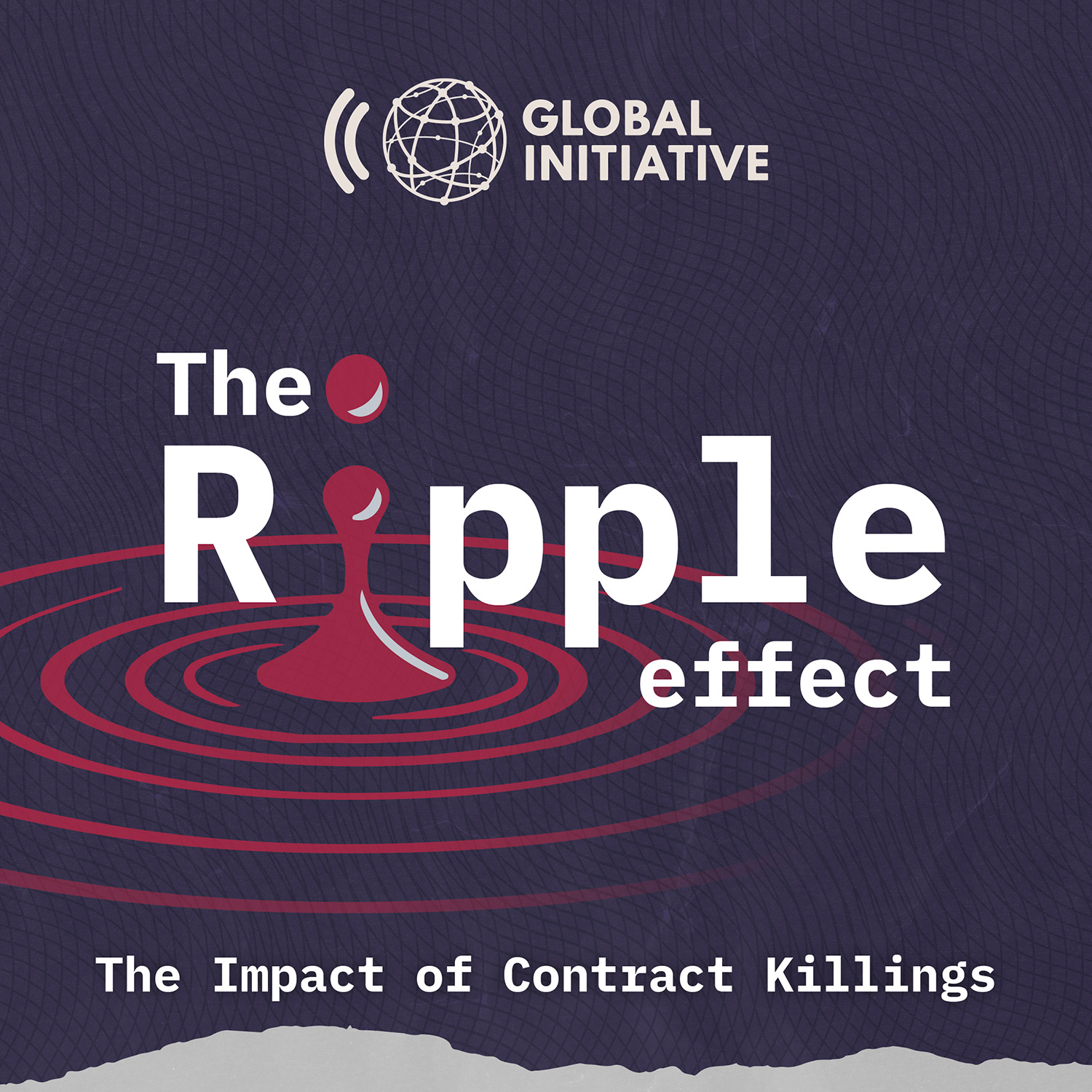Report on High-Level Political Forum Side Event: Human Trafficking and the Sustainable Development Goals
Introduction: The Critical Link Between Human Trafficking and Sustainable Development
At the High-Level Political Forum (HLPF), a comprehensive review of Sustainable Development Goal 5 (SDG 5) and Sustainable Development Goal 8 (SDG 8) is scheduled. The successful implementation of these goals is intrinsically linked to the eradication of human trafficking.
- SDG 5: Achieve gender equality and empower all women and girls. The disproportionate impact of human trafficking on women and girls presents a significant barrier to achieving gender equality. Eliminating this practice is therefore a prerequisite for the fulfillment of SDG 5.
- SDG 8: Promote sustained, inclusive and sustainable economic growth, full and productive employment and decent work for all. The principles of decent work and sustainable economic growth are fundamentally undermined by forced labor, coercion, and threats, which are central components of human trafficking. The goal of providing decent work for all cannot be realized while such exploitation persists.
Event Focus and Objectives
A dedicated side event will address the specific targets within SDG 5 and SDG 8 that pertain to human trafficking. The primary objectives are to assess current trends, identify emerging challenges, and formulate effective responses. The event will convene a multi-stakeholder dialogue, featuring contributions from government representatives, United Nations agencies, and civil society organizations to discuss risks and mitigation strategies for achieving these critical SDG targets.
Scheduled Participants and Speakers
Welcome Remarks
- HE Ambassador Merete Fjeld Brattested, Permanent Representative to the UN, Permanent Mission of Norway to the UN
- Representative, Permanent Mission of Colombia to the UN
- Masato Shoji, Second Secretary, Permanent Mission of Japan to the UN
Panel Discussion
- Livia Wagner, Thematic Lead on Human Trafficking, GI-TOC
- Delphine Schantz, Director of UNODC Liaison Office in New York, UNODC
- Luciana Aguiar, Senior Adviser with the UNDP Sustainable Finance Hub and Global Adviser to the Finance Against Slavery and Trafficking (FAST) Initiative, UNDP
- Representative, African Centre for Justice and Peace Studies (ACJPS)
- Kristina Amerhauser, Senior Analyst, GI-TOC
Moderator
Ian Tennant, Director of Multilateral Engagement, GI-TOC
SDGs Addressed in the Article
-
SDG 5: Achieve gender equality and empower all women and girls
The article explicitly states that the HLPF will review SDG 5. It connects this goal to the issue of human trafficking by highlighting that “Human trafficking has an outsized impact on women and girls, and eliminating it is crucial for achieving SDG 5.”
-
SDG 8: Promote sustained, inclusive and sustainable economic growth, full and productive employment and decent work for all
The article directly mentions that SDG 8 is a focus of the HLPF review. It links this goal to human trafficking by stating, “we cannot provide decent work for all while people are forced to work without choice, through coercion and threats.”
Identified SDG Targets
-
Target 5.2: Eliminate all forms of violence against all women and girls in the public and private spheres, including trafficking and sexual and other types of exploitation.
This target is directly relevant as the article focuses on the “SDG 5… targets relating to human trafficking” and emphasizes that “Human trafficking has an outsized impact on women and girls.” This aligns perfectly with the goal of eliminating trafficking and exploitation of women and girls as specified in Target 5.2.
-
Target 8.7: Take immediate and effective measures to eradicate forced labour, end modern slavery and human trafficking and secure the prohibition and elimination of the worst forms of child labour, including recruitment and use of child soldiers, and by 2025 end child labour in all its forms.
This target is clearly identified through the article’s statement that the event will focus on “SDG 8 targets relating to human trafficking.” The connection is further solidified by the text explaining the impossibility of achieving “decent work for all while people are forced to work without choice, through coercion and threats,” which is the core issue addressed by Target 8.7.
Mentioned or Implied Indicators
The article does not mention any specific, official UN indicators by their code (e.g., Indicator 5.2.2). However, it implies a method for measuring progress through qualitative assessment.
-
Implied Indicator: Assessment of trends, emerging challenges, and risks related to human trafficking.
The article states that the event will focus on “assessing trends and emerging challenges” and that participants will hear about the “risks to achieving these goals.” This suggests that the measurement of progress is based on analyzing current data trends, identifying new problems, and evaluating risks, which serve as a proxy for formal indicators to gauge whether the situation is improving or worsening.
Summary of SDGs, Targets, and Indicators
| SDGs | Targets | Indicators |
|---|---|---|
| SDG 5: Achieve gender equality and empower all women and girls | Target 5.2: Eliminate all forms of violence against all women and girls in the public and private spheres, including trafficking and sexual and other types of exploitation. | Implied: Assessing trends and emerging challenges related to human trafficking’s impact on women and girls. |
| SDG 8: Promote sustained, inclusive and sustainable economic growth, full and productive employment and decent work for all | Target 8.7: Take immediate and effective measures to eradicate forced labour, end modern slavery and human trafficking… | Implied: Assessing trends, challenges, and risks related to forced labor and human trafficking in the context of decent work. |
Source: globalinitiative.net






